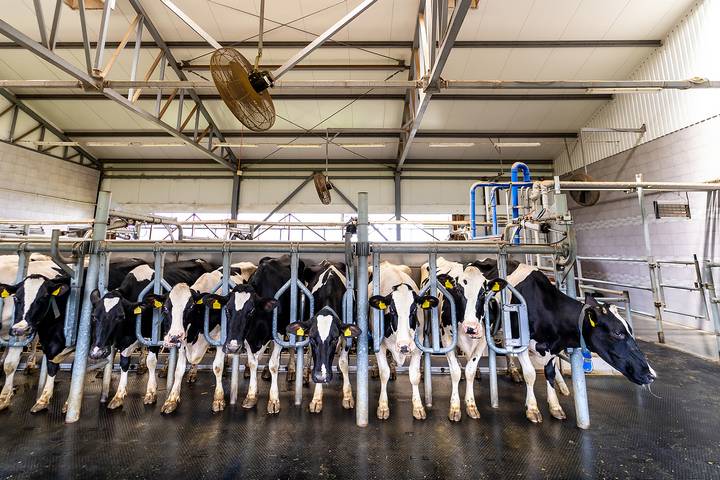What You Need in a Barn: Checklist
Everybody has dreamt of their ideal barn at one point or another. Of course, not every farmer shares similar preferences and needs because various barns are constructed to suit different purposes. However, there are those popular and reasonable requirements of a barn that every farmer should acknowledge and understand.
By adhering to the below checklist, you can be assured of greater functionality and performance of your barn while it provides ample atmosphere for your livestock and equipment. Remember that the above essentials mainly vary with the intended purpose and type of animals housed in the barns. You can also incorporate your preferences and styles to satisfy the barn’s needs more.
Here is what you need in a barn:
1. Barn Ventilation
Barn ventilation is as important as the structure itself, as without adequate air circulation, barns wouldn’t function as required. Farmers must incorporate enough windows and fans or through an opening ceiling to let the animals breathe well when planning or designing a barn layout.
You can also incorporate a sliding door which is more flexible when it comes to letting fresh air into the structure when the animals are outside. Additionally, spacious barns and high-pitched roofs are naturally ventilated, allowing free air circulation within the building.
2. Sufficient Lighting
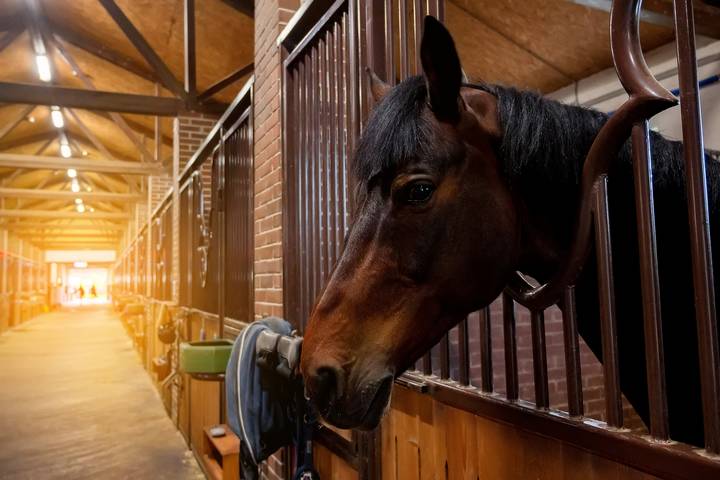
Another thing that farmers need in their barns is sufficient lighting, which could be natural or artificial. For natural lighting, you can locate your barn strategically to allow an adequate supply of sun rays while incorporating translucent windows to allow maximum penetration.
Furthermore, barn curtains are ideal for letting natural light into the structure while protecting the essentials from adverse weather conditions. On the contrary, artificial lighting involves installing enough high-quality bulbs within the barn to supply light throughout the building when natural lighting isn’t adequate.
3. Enough Water Troughs

Water is life, and your animals need it for existence. If your barn is meant to house livestock such as cows, sheep, horses, goats, or others, you should have adequate water troughs filled with enough clean water. Also, the troughs should be refilled and cleaned regularly to keep the animals safe.
Even better, since nearly everything is digital, you can install an automatic water system that detects and refills the troughs when necessary and even indicates when a manual wash is required. However, you should monitor your animals’ water intake.
4. Security Lights and Cameras
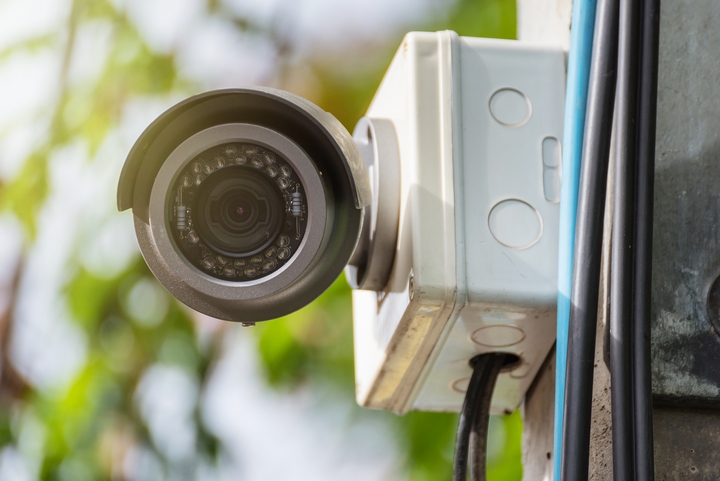
As the term suggests, security lights offer barn owners both lighting and security services. They’re brighter and broad to offer luminosity to a wide area, keeping burglars away and ensuring maximum surveillance of the premises. Barn owners are advised to install CCTV surveillance cameras within and outside the structures for greater security.
CCTV surveillance cameras allow barn owners to monitor everything regarding the premises in real time and from the comfort of their homes. However, it’s advisable to let professionals install the cameras and security lights on your behalf for excellent results.
5. Drainage System
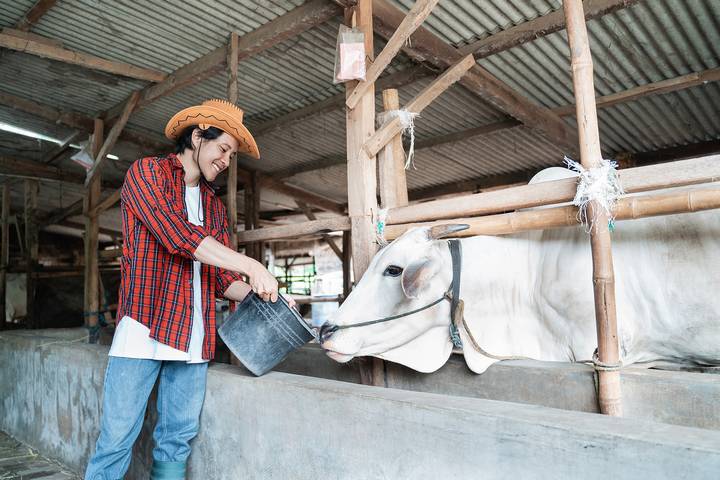
Whether housing animals or farm equipment and machinery, a good drainage system in your barn is crucial. Alongside cleaning machinery or animals, the drainage system in a barn allows the efficient removal of waste materials from the structure without clogging.
Nearly every farmer knows the adverse effects of clogged barns and wouldn’t wish to experience such, right? You should avoid dumping complex and foreign materials within the barn to avoid clogging the drainage system.
6. Storage Areas

It would be absurd to lack storage areas in your barn because the need to store essentials always arises. Therefore, farmers should incorporate strong and adequate storage spaces in their barns to keep essentials such as farm products, tools, first aid supplies, or anything else they prefer.
For ample storage spaces, barn owners should construct spacious barns which can house enough storage spots to avoid cluttering and overcrowding. Storage spaces don’t have to be permanent; you can bring portable baskets and boxes and position them on shelves.
7. Feeding Systems
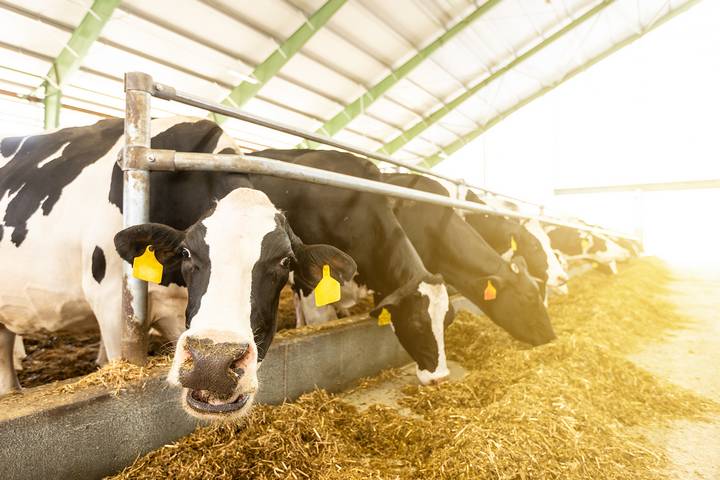
If you intend to house animals in your barn, you must incorporate feeding equipment easily accessible by the animals from the usual spot. Depending on your livestock animal type, you can embrace hay racks, feeding troughs, or automatic feeders. Whichever option you choose, ensure the animals feed from clean systems and acquire adequate feeds as the vet instructs.
Most vets and farmers advocate for automatic feeders due to their flexibility and consistency in delivering animal feeds. Besides their excellent portion control, automatic animal feeders significantly reduce human labour, saving them time for other essentials.
8. Emergency Supplies
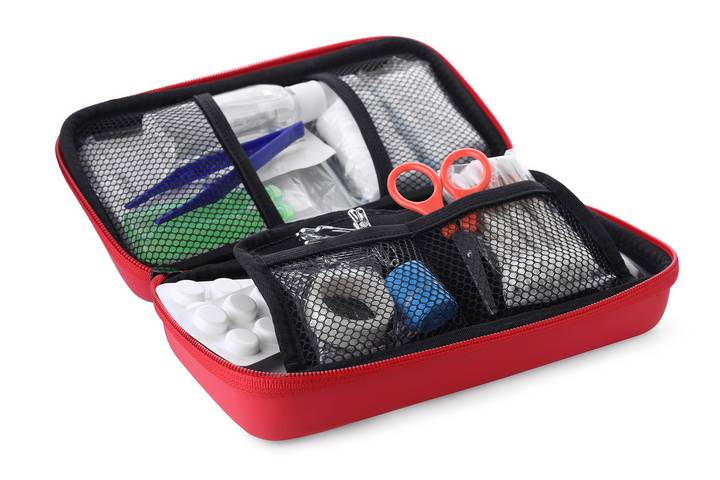
No farmer wishes misfortunes over their barns, but it is advisable to stay prepared for possible accidents. You can incorporate emergency supplies in your barn, such as a list of emergency contacts, first aid kits, and fire extinguishers.
Additionally, emergency exits and fire detectors should be in place for the greater safety of humans, animals, or equipment. Ensure to purchase high-quality emergency supplies for excellent performance when an accident occurs.


